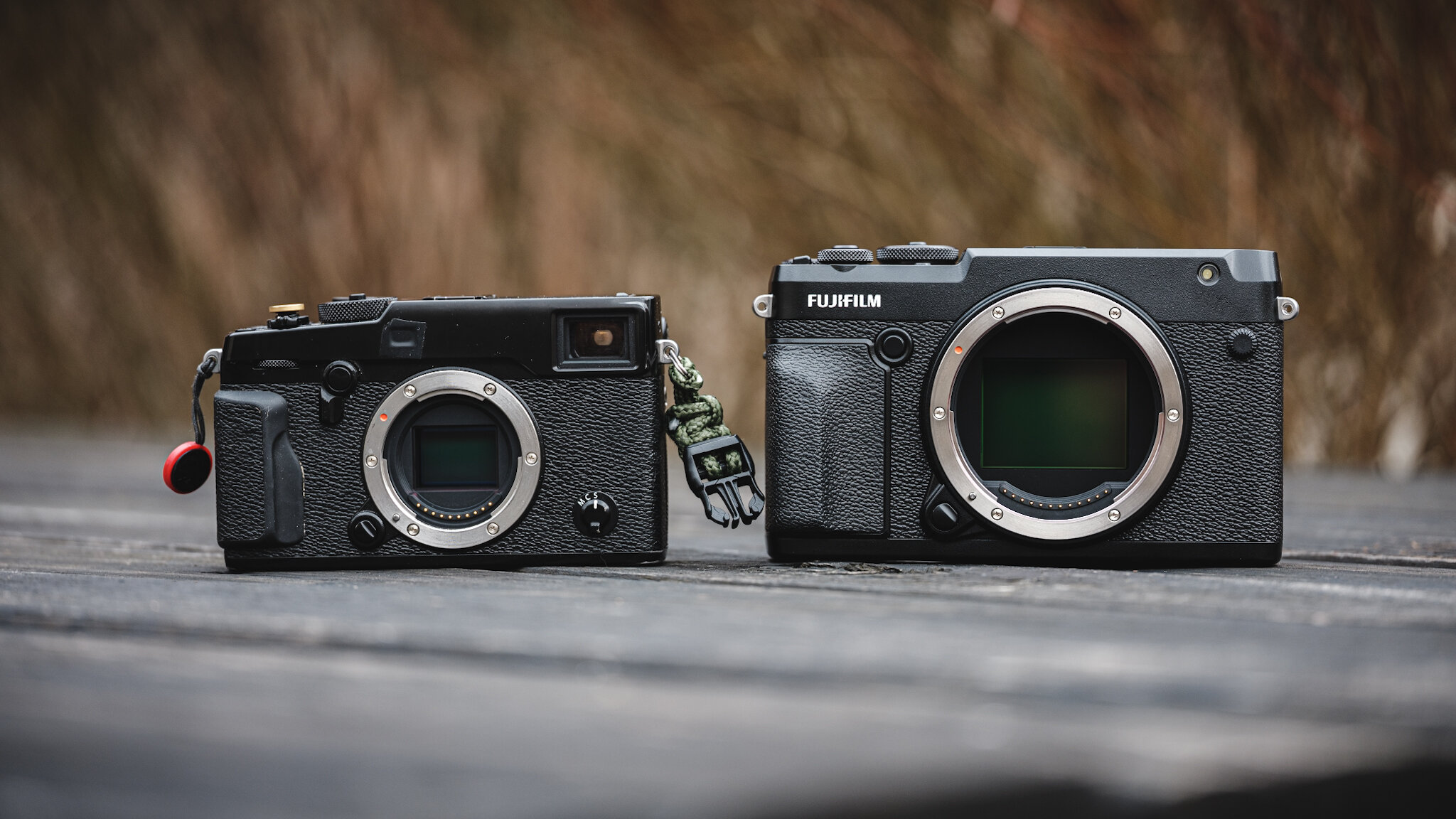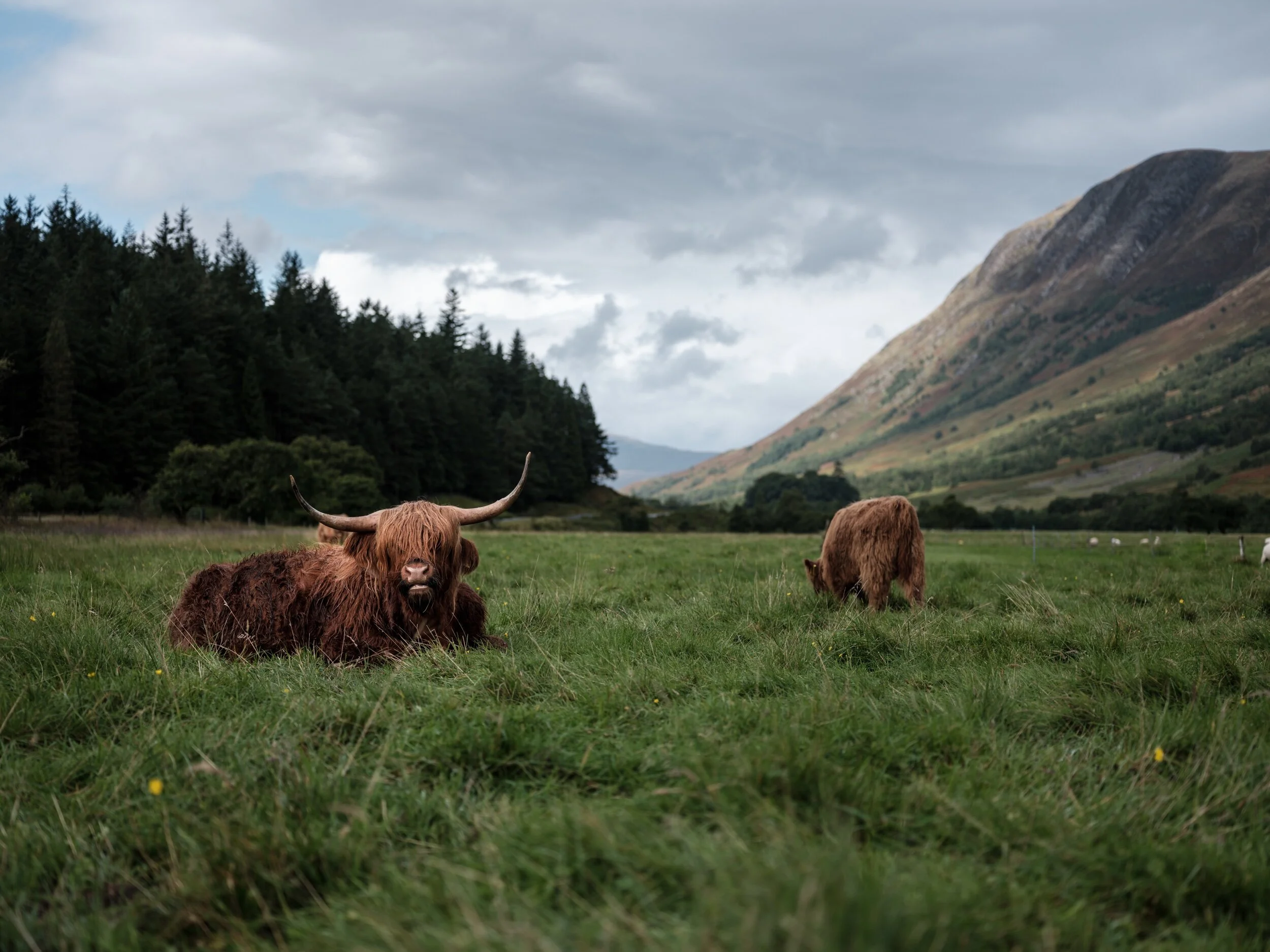You don’t need full frame - Fujifilm GFX 50R and 50S review
Yeah, I know. When it comes to writing reviews I’m always a little late to the party. For example, I wrote my X-Pro2 review roughly two years after it came out. And even though I published the article three years ago it is still the most visited page that gets regular visits on my site to this day. That tells me one thing. Not everyone is interested in the latest and greatest hi-tech gear that has just been released. There is a reason why we've got such a huge second-hand market in photography. We can't all afford to shell out thousands upon thousands of whatever currency you're using for the new shiny toy every tech YouTuber is currently raving about. And even if you can afford it, there's no need. Spend a little less on the older camera and use the rest of your money on something else that could make your images better like traveling to your dream location, getting some lighting, or setting up a studio. All that being said, here are my thoughts on the Fujifilm GFX 50S and 50R.
The body and sensor size of the GFX 50R compared next to the APS-C X-Pro2
A digital medium format camera was unreachable and pointless for the large majority of photographers at that time. The costs were in a completely different world compared to the professional DSLRs and mirrorless cameras. Their design was still based on the old medium format film SLRs which made them huge and loud. Their autofocus systems were clunky, slow, and outdated and the durability of the bodies and lenses left a lot to be desired. And then, in February 2017, Fujifilm unveiled their GFX 50S and kind of blew everyone's minds.
This was their first attempt at a digital medium format and they went all out. Mirrorless design, which meant much shorter flange distance, an all-new mount with the promise of a modern lens lineup, articulating high-resolution electronic viewfinder, and weather sealing. All of that in a body not bigger than a traditional DSLR with the classic analog control dials Fuji users have known and loved for a while. It all sounded a little too good to be true. Well, it’s not without its downsides but I’ll get to that later. The camera’s using the same 51-megapixel sensor as the fan favourite Pentax 645Z, but this time it’s backed by the X-Processor PRO found in Fujifilm’s APS-C lineup of X Series cameras. That means you still get all the gorgeous analog film simulations but this time with twice the detail. ISO starts at 100 and goes all the way up to 12800. Thanks to the sensor size it’s still very usable even in the thousands but then again, everyone’s noise tolerance is on an individual level. I don’t mind grainy images but you might think a photograph is unusable at ISO 200. The sheer amount of detail the sensor is capable of producing is incredible though. Perfect for cropping, landscape work, or art conservation.
The detail is stunning
The body of the 50S is large for a mirrorless camera, but it’s actually smaller and lighter than most pro-level DSLRs. Ergonomically, it’s well thought out with a deep grip, plenty of customizable buttons, a three-way tilting screen, and a two-way tilting viewfinder if you use the adapter. I actually removed the viewfinder entirely when I was traveling through the Scottish Highlands to save some space and weight. The versatility is definitely there. Weather sealing with all of the native GF lenses can be relied upon as my camera was fully drenched in the northern sideways rains and just kept on going with no hiccups.
Speaking of the lenses. It’s now been four years since the system first came out and you’ve already got a great selection that is still growing with no signs of stopping. On top of that, you can easily adapt Canon EF lenses without losing aperture control and autofocus as most of the lenses can actually cover the sensor. The well-known “nifty fifty” EF 50mm f1.8 STM works like a dream.
The younger brother of the S is the newer GFX 50R which came to the market in November 2018. It offers the same sensor and processor but in a slightly shorter and narrower body inspired by the X-Pro line of cameras instead of the larger and more aggressive X-T lineup. This camera has been designed with the documentary and street photographer in mind as it is a much less threatening looking body with fewer dials and buttons to not scare your subject away. The viewfinder is shifted to the side so it doesn’t protrude upwards anymore, keeping the camera top plate nice and subtle. You can’t use the tilt adapter any more but I personally enjoy the “rangefinder” style camera more than the SLR looking ones. The 50R still has the same level of weather sealing as the predecessor and therefore there’s no need to worry whenever it starts to raining when you’re out and about.
There was one thing that drew me towards this system more than anything else and that was the unofficially called “X-Pan mode”. Thanks to the sensor size and resolution, you can set the camera to capture in a 65:24 ratio and still get a 25-megapixel file which is plenty for most people. This ratio is very similar to that of the classic Hasselblad XPan or old Fujifilm TX2 film cameras which shot an image on two frames at the same time to achieve a panoramic look. It makes you frame the image in a completely different way and is just a joy to use. All of my landscapes except one in this album were captured using that mode.
65:24 ratio photograph. The RAW saves the entire image, but the viewfinder and camera only display the crop.
There are some disadvantages to these two cameras. Speed is definitely not their second nature. The fastest framerate they can photograph at is 3 fps and even though the focus is relatively reliable and much more usable compared to its older medium format competitors it, unfortunately, isn’t the snappiest and I wouldn’t trust it at a sports event. But if you’re not tracking the subject or if it isn’t moving directly towards you you should be fine. I haven’t had any issues with it for documentary work as long as I knew its limits.
The best thing about these two cameras nowadays, especially the 50R is the fact that the GFX 100S has just been announced. Because even though that camera is definitely better at pretty much everything than these two, it’s still pretty pricey for most of us. But those that want to upgrade to it will most likely try and sell their older GFX 50 cameras to cover the swap and therefore the second-hand market is bound to have some lovely fifties on offer for a reasonable price. They’re still very valid cameras in 2021 and very much worth considering if you’re not satisfied with the APS-C sensor size of the X lineup. Because why would you go for full-frame? That’s just middle ground :)
The images below were captured on both cameras since they share the same sensor.















